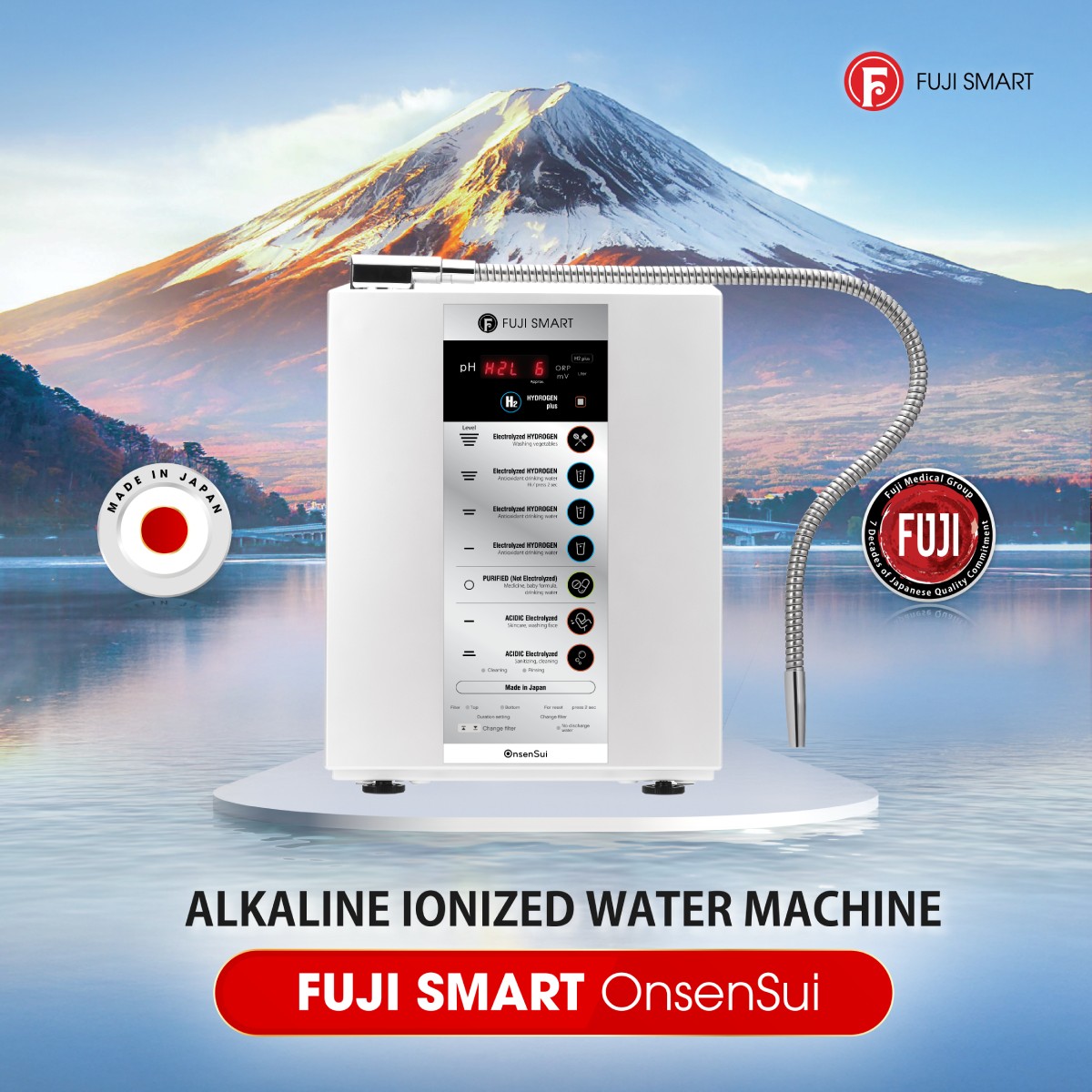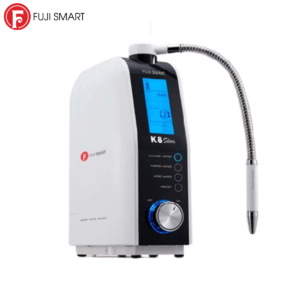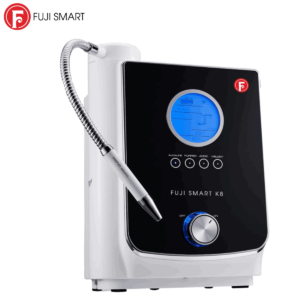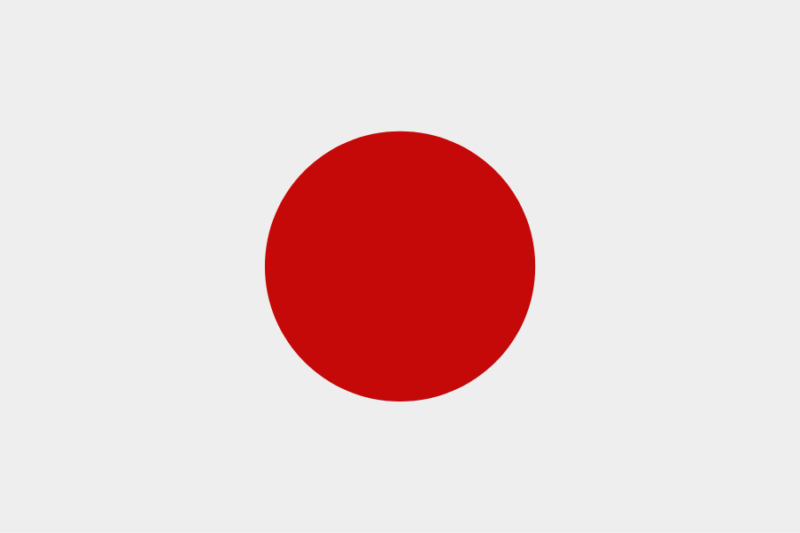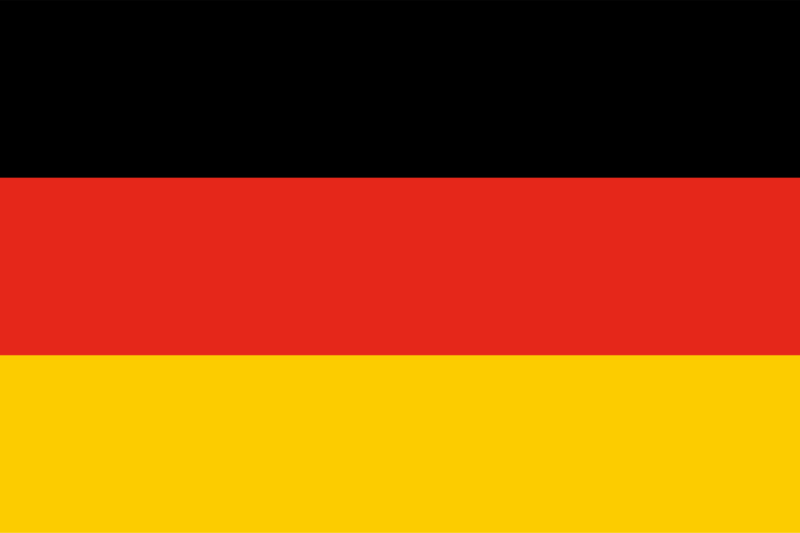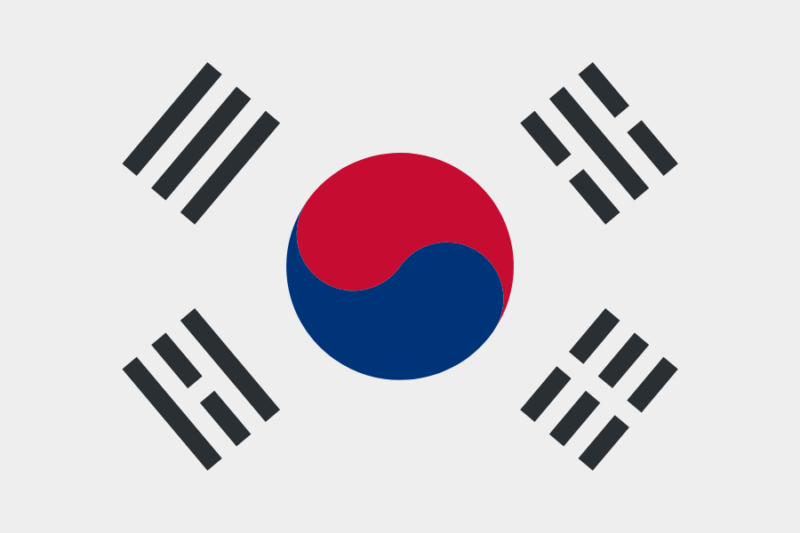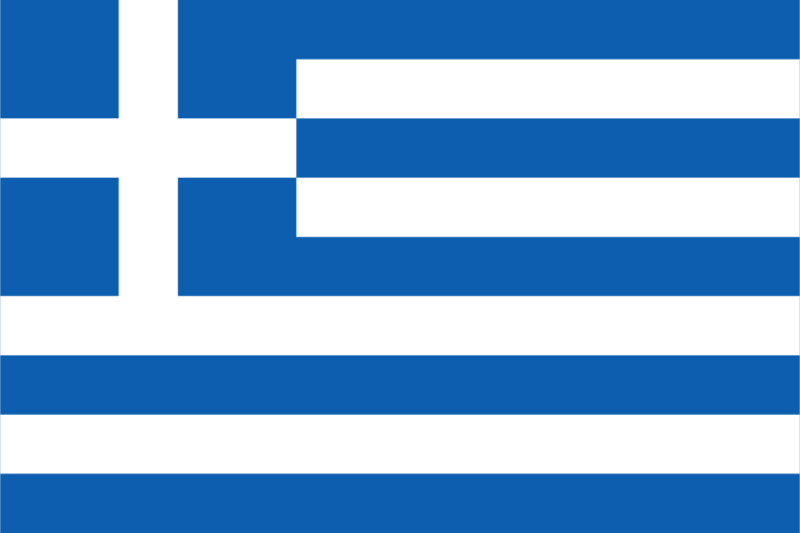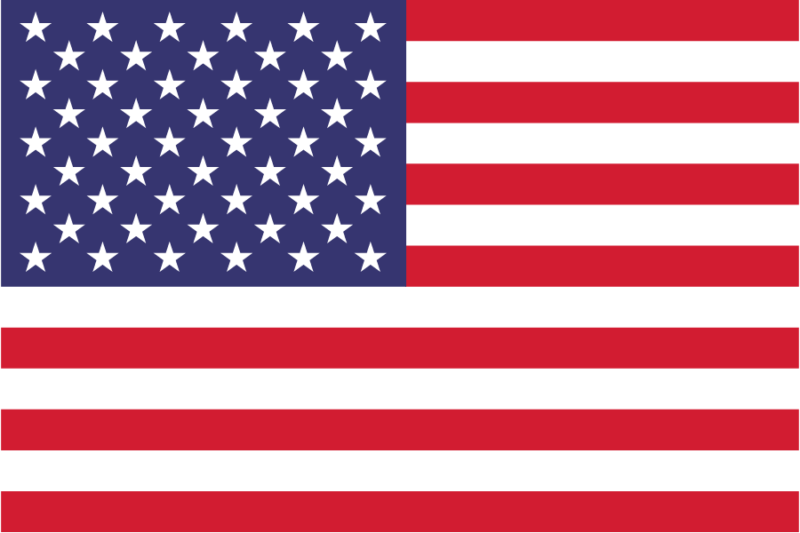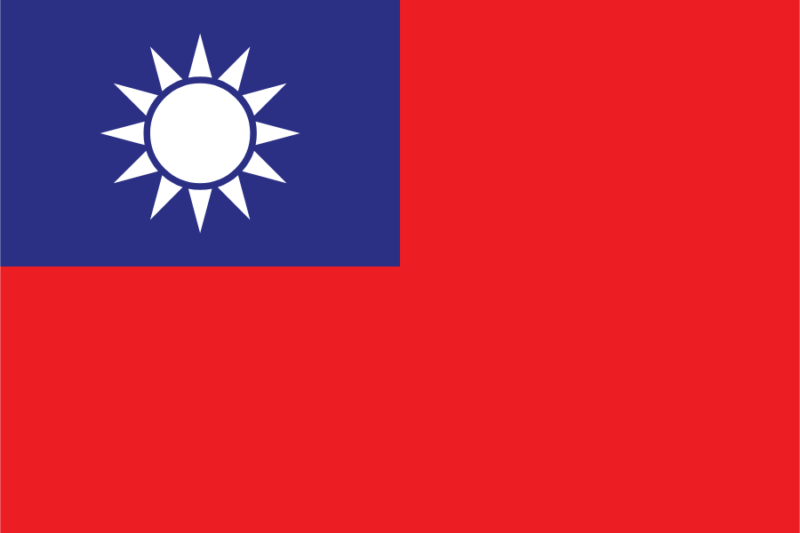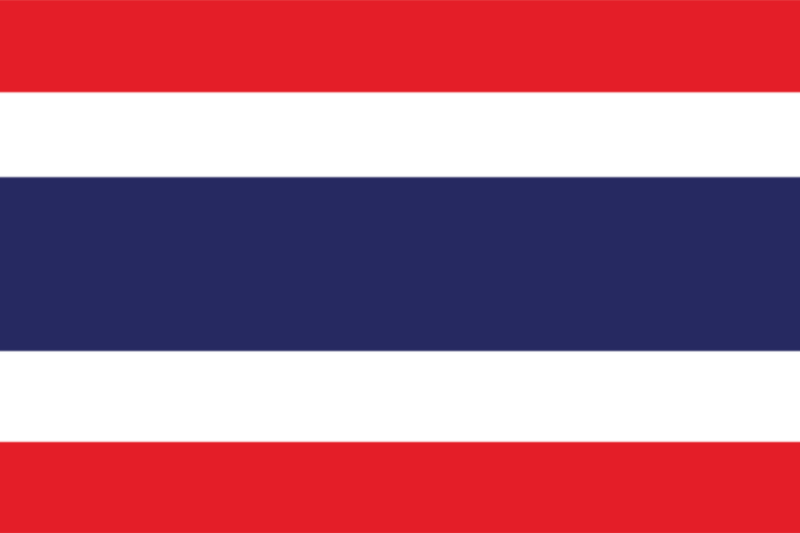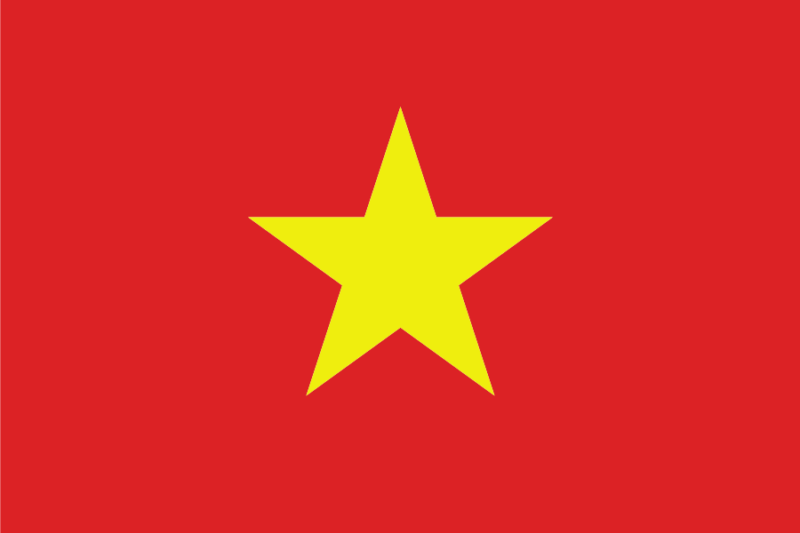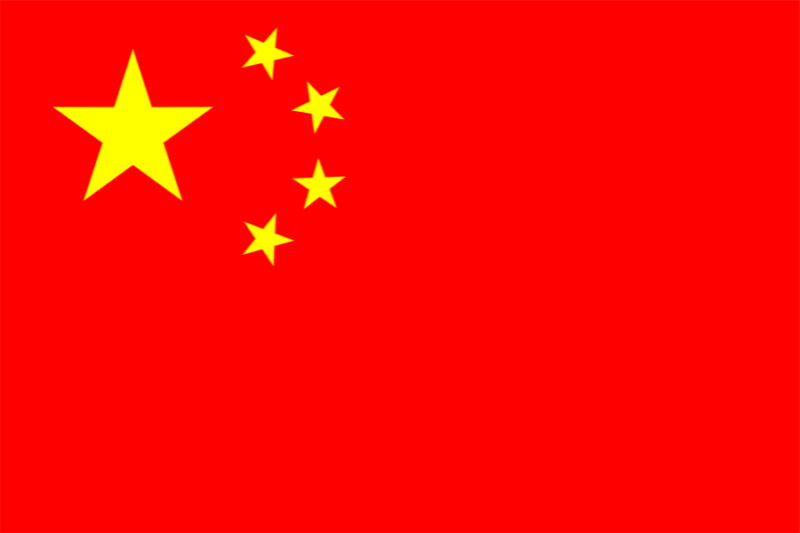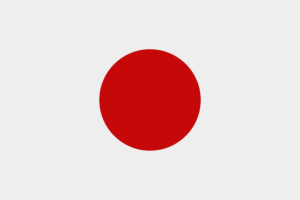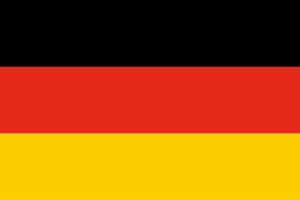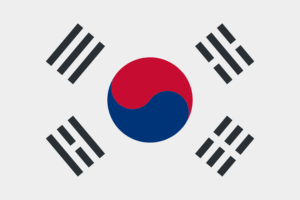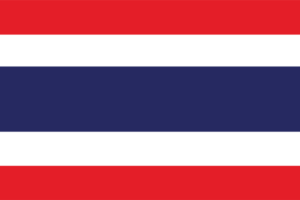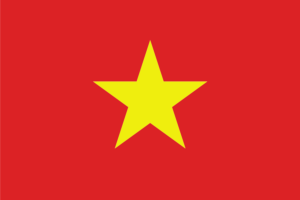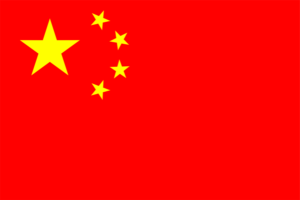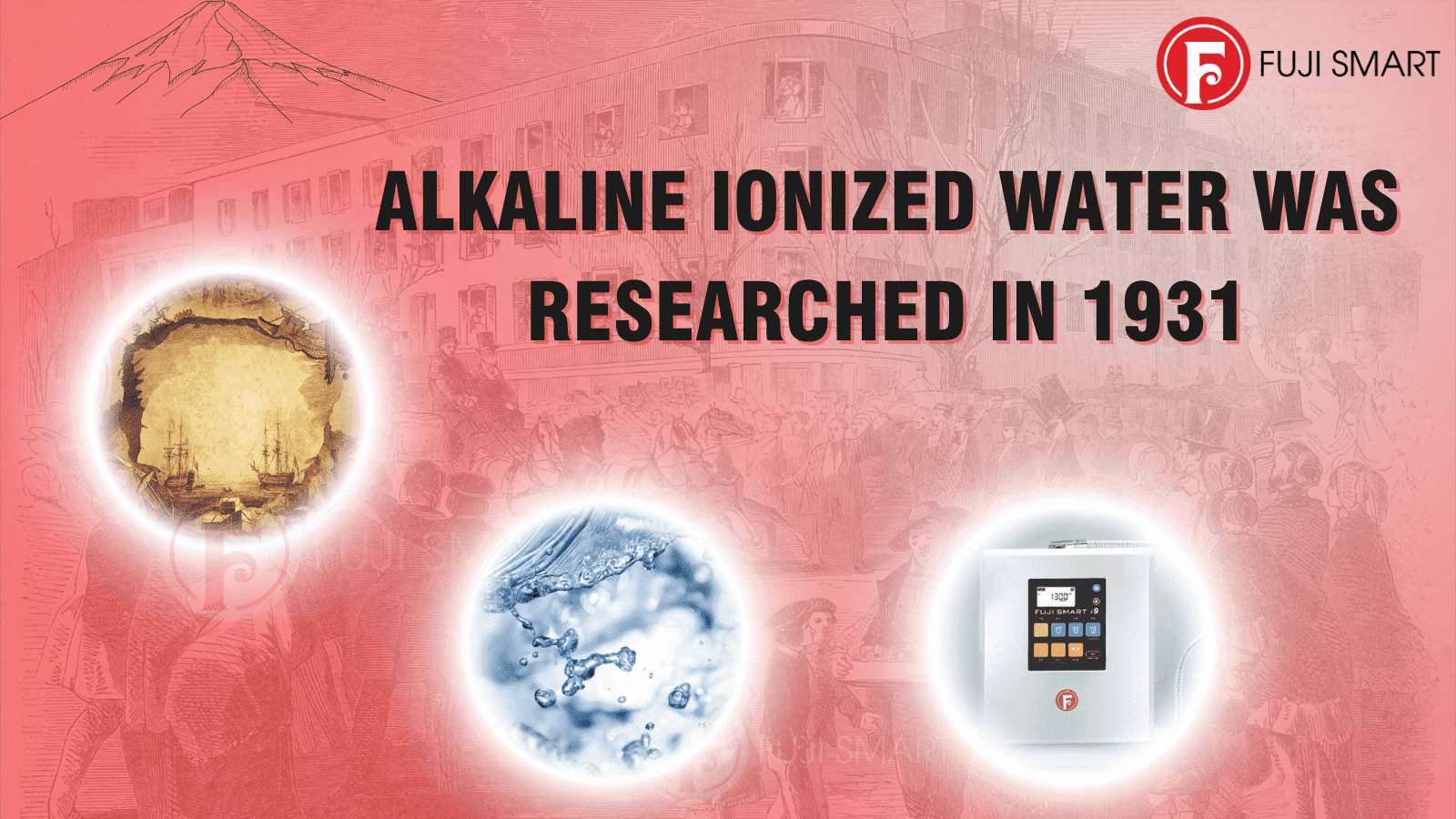Research on alkaline ionized water began in 1931 by medical researcher Machisue Suwa. By 1965, the device generating alkaline ionized water was approved by the Japanese Ministry of Health as a medical device recommended for home use. Today, we introduce the history and trends of alkaline ionized water from its inception to its current boom period.
The Formation History of Alkaline Ionized Water
In 1931, medical researcher Machisue Suwa conducted preliminary research on the functions of alkaline ionized water on plants and animals.
He studied and experimented with water quality from various regions across the country. By 1952, the first successful development of a water electrolysis device was completed. (At that time, alkaline ionized water was called “Synnohl liquid.”)
In subsequent years, with the collaboration of Professor Akiba from Tokyo University, Suwa continued his research and experimentation.
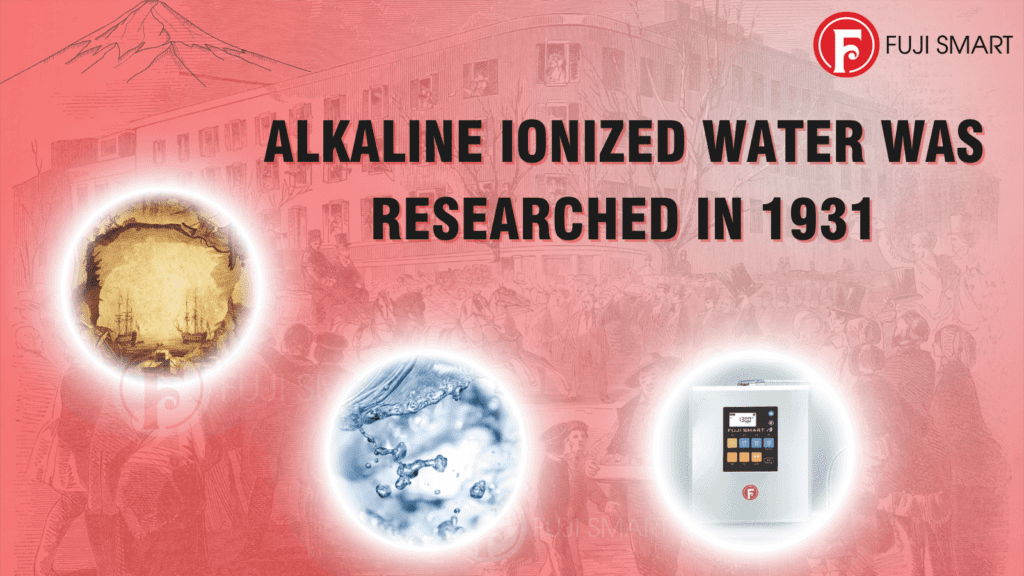
By 1954, the research made new progress when the Synnohl electronic agricultural machine was applied to rice farming (at that time, the media called it the “Synnohl agricultural method,” and it became a topic of public discussion).
While there were advancements in agriculture, medical research faced certain difficulties.
After years of experience and clinical trials, the “Synnohl liquid production device” was successfully developed in 1958. This marked a significant shift at the time, as the practical application of electrolyzed water transitioned from agriculture to the medical field.
In 1960, the Synnohl Liquid Medical Science Research Association was established.
From Approval as a Medical Device under the Pharmaceutical Affairs Law to Practical Applications in Life
With this positive shift, in 1962, separate companies from Nagano and Kyoto Prefectures brought the electrolysis device to the Cabinet Welfare Bureau (equivalent to the Ministry of Health, Labor, and Welfare at the time) and applied to produce it as a medical device.
However, due to differences in tap water quality in each region, there were limitations in using the Synnohl liquid method to produce alkaline ionized water with consistent properties due to the varying quality of water in different areas.
Therefore, to stably create calcium ions and maintain the alkaline pH in tap water, they directed that the addition of calcium lactate should be a prerequisite. Finally, the “Synnohl liquid production device” was also licensed for production and recognized as a “pharmaceutical production machine” under the Pharmaceutical Affairs Law.
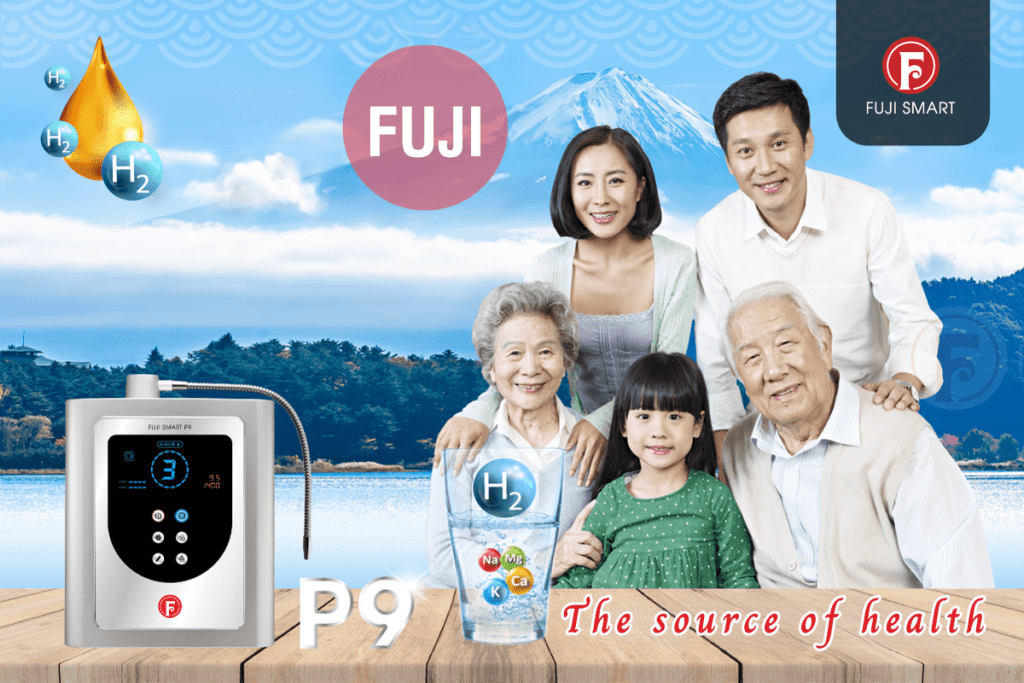
The approved benefits as a medical device under the Pharmaceutical Affairs Law are as follows:
(Excerpt from the Bulletin of the Supervisory and Guidance Division, Ministry of Health and Welfare, Pharmaceutical Supervision No. 57, issued on October 19, 1992)
In 1965, through groundbreaking practical experiments with advanced science, leading Japanese researchers demonstrated the benefits of alkaline ionized water in improving and healing stomach and intestinal diseases. Drinking alkaline ionized water has anti-diarrheal effects, relieves chronic indigestion, abnormal stomach or intestinal fermentation, acid control, and acid indigestion.
As for acidic water: Can be used as a weak acidic astringent for beauty purposes.
Later, the Ministry of Health and the Food Safety Management Bureau of Japan sent Notice No. 763 on October 8, 1965, to all prefectures recognizing the health benefits of alkaline ionized water and encouraging people to use it (Pharmaceutical Announcement Vol.763, October 8, 1965).
Since then, pharmaceutical production machines (alkaline ionized water machines) were approved for production and gradually introduced to the market.
Development continued when, in 1979, continuous-type electrolysis water machines that could be directly connected to the faucet (later, water filtration functions were also added) were approved, and the term “alkaline ionized water” began to be used.
Surveys and Reports on Alkaline Ionized Water
From the time the continuous-type electrolyzed water machine was approved, awareness of drinking water and health orientation in society increased, and alkaline ionized water gradually gained social recognition.
In June 1992, alkaline ionized water was introduced as “Miracle Water” on a television news program.
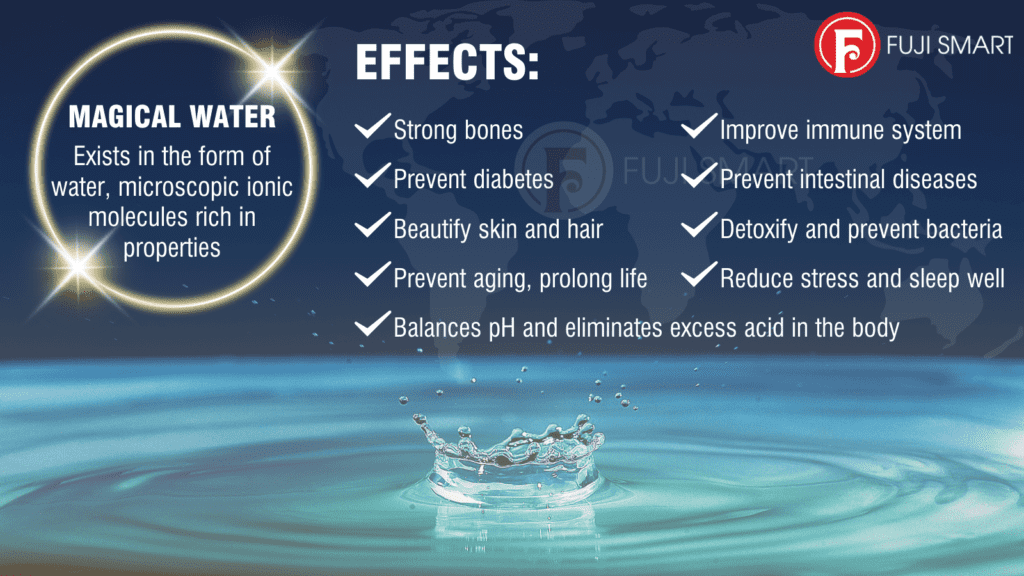
In the program, alkaline ionized water was used in hospital treatments and its beneficial effects, including unapproved benefits such as anti-diabetic effects, were reported from a medical facility. Since then, the trend of expecting beneficial effects from alkaline ionized water beyond the approved ones began to emerge.
Scientific Evidence of Current Alkaline Ionized Water Concentration
Alkaline ionized water machines gradually became more widespread and popular. In December 1992, a product testing conducted by the Japan National Consumer Affairs Center raised doubts about the effects of alkaline ionized water in the media.
Moreover, this topic was brought up in the Japanese Diet (House of Representatives Welfare Committee, 126th National Assembly; March 26, 1993). The Ministry of Health and Welfare requested the industry to provide scientific investigation results regarding the quality, effectiveness, and safety levels.
In February 1993, an investigation was conducted by the Alkaline Ionizer Evaluation Committee (Committee Chairman: Professor Itokawa, Faculty of Medicine, Kyoto University). Investigative activities began again, examining the safety and effectiveness of using alkaline ionized water.
In 1994, the Evaluation Committee issued a report reaffirming its safety.
In 1997, a report partially verified the effectiveness of alkaline ionized water on the stomach and intestines.
Based on these research results, the Alkaline Ionized Water Association (including medical device manufacturers at the time) made efforts to produce higher quality products by revising the regulatory standards for alkaline ionized water devices.
In 1999, at the 25th Annual Meeting of the Japanese Society of Medical Science, the topic “Electrolyzed Functional Water in Medical Treatment” by the Alkaline Ionizer Evaluation Committee conducted the world’s first double-blind comparison clinical trial on drinking water and concluded that “alkaline ionized water is very useful.”
Positioning as a Home Medical Device Based on Scientific Evidence
The Alkaline Ionized Water Association used the accumulated safety and effectiveness information from trial results to establish standards for alkaline ionized water machines. Currently, these standards are reflected in the certification standards for home medical devices JIS-T 2004 “Household Water Electrolysis Machines” (original draft: Japan Home-Use Medical Device Industry Association and the Japanese Standards Association) and are identified as standards to ensure safety and effectiveness.
In 2005, the Pharmaceutical Affairs Law was revised, and as a result, alkaline ionized water devices were positioned as controlled home-use medical devices due to their high safety levels.
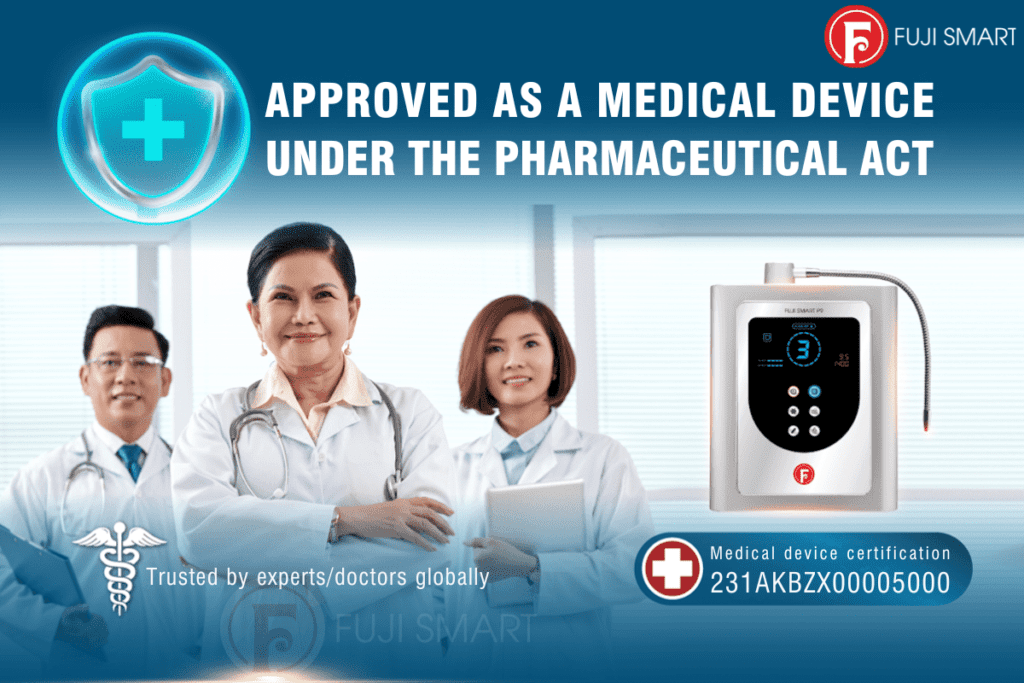
Furthermore, JIS-T 2004 currently defines the standards and verifies the applicability of alkaline ionized water devices as controlled medical devices. The intended use and beneficial effects were reported in Ministry of Health, Labor, and Welfare Notice No. 112 as “producing electrolyzed alkaline water to improve digestive symptoms.”
Expectations for the Effectiveness of Electrolyzed Functional Water
Today, alkaline ionized water is labeled along with strongly acidic electrolyzed water as “electrolyzed functional water,” and there is a motivation to promote related academic research.
Every year, numerous research activities on the new physiological effects of alkaline ionized water on living organisms are reported at the main conference of the Functional Water Organization, the Functional Water Symposium, and the Japan Functional Water Association. Analyses of the physiological functions related to the effects of alkaline ionized water and studies on new “functions” are being conducted, and there are high expectations for these research and development efforts.
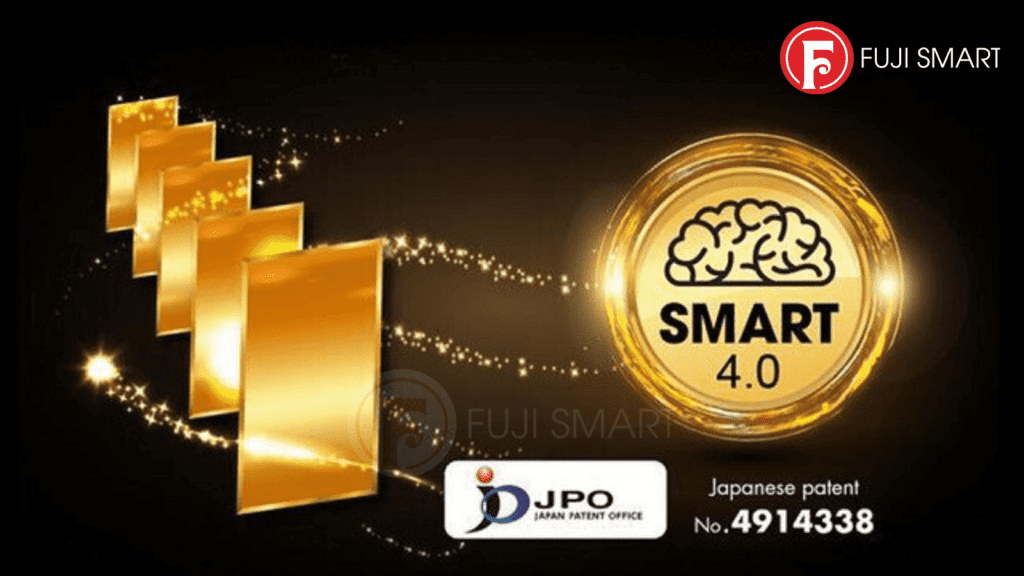
Even for Fuji, in the future, we will continue to develop new intelligent technologies and more practical applications. We feel it is necessary to expand recognition of these alkaline ionized water drinking methods. Therefore, we will strive to provide accurate information to avoid misconceptions and misunderstandings from general consumers. On the other hand, as international interest continues to rise, we will continue to diligently cooperate with other organizations and associations such as the Functional Water Organization and the Japan Functional Water Association to ensure the safety and authenticity of information when using alkaline ionized water machines, as well as to combat malicious entities exploiting the situation to sell counterfeit or fake machines that adversely affect consumer health.

